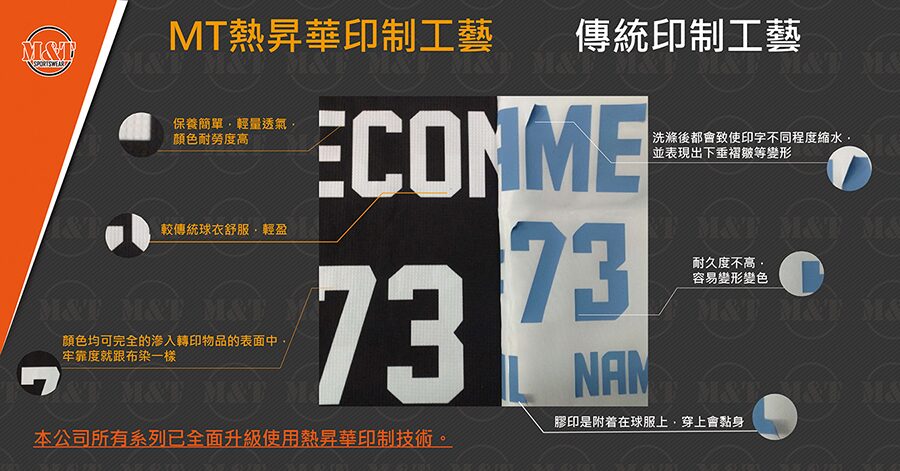Jersey design is more than just about aesthetics—it’s a powerful intersection of team identity, performance functionality, and cultural expression. Whether in professional sports, amateur leagues, or e-sports, jerseys serve as a symbol that unites players and fans alike. Over the years, the evolution of jersey design has mirrored technological innovations, shifting fashion trends, and growing commercial interests, making it a central element in the world of athletics and 足球隊波衫.

At its core, a well-designed jersey represents the essence of a team or individual. Colors, logos, fonts, and patterns are thoughtfully chosen to reflect a club’s history, location, and spirit. For example, football clubs like FC Barcelona or the new York Yankees are instantly recognizable by their iconic jerseys, which have remained relatively consistent over decades. This visual identity creates a strong emotional bond with supporters and enhances the marketability of the team. The crest or badge placed on the chest is often treated as sacred, reinforcing loyalty and pride among players and fans.
Functionality is a critical aspect of modern jersey design. Athletes require apparel that enhances performance rather than hinders it. Designers must balance visual appeal with fabric technology that provides breathability, moisture-wicking properties, and flexibility. Lightweight materials like polyester mesh or spandex blends are commonly used to keep athletes cool and dry during intense physical activity. Ergonomic cuts and strategically placed seams reduce friction and improve freedom of movement, enabling peak performance under demanding conditions.
Sponsorship and branding have also heavily influenced jersey design in recent years. Sponsors’ logos are often prominently displayed, especially in sports like football, basketball, and cycling. While this introduces commercial clutter to some traditionalists, it’s a vital revenue stream for many teams. Creative designers strive to integrate these branding elements harmoniously without compromising the jersey’s core identity. Striking this balance ensures both aesthetic coherence and financial sustainability for sports organizations.
Furthermore, fan culture plays a major role in the evolution of jersey design. Replica jerseys are not only worn on matchdays but also embraced as casual fashion, especially among younger demographics. Limited-edition releases, retro reissues, and collaborations with fashion designers have elevated jerseys into lifestyle statements. The crossover between sportswear and streetwear has never been more prominent, making jersey aesthetics a key driver of merchandising success. Trends like oversized fits, vibrant color gradients, and eco-conscious materials are increasingly common in both on-field and fan versions.
In summary, jersey design is a multi-faceted art that blends identity, innovation, and influence. It tells a story, fuels performance, and connects fans across generations. As technology continues to advance and cultural influences evolve, the future of jersey design promises to be even more dynamic—pushing boundaries while staying rooted in the symbols that matter most. Whether worn by world-class athletes or passionate supporters, a jersey is more than just fabric—it’s a canvas of pride, history, and unity.